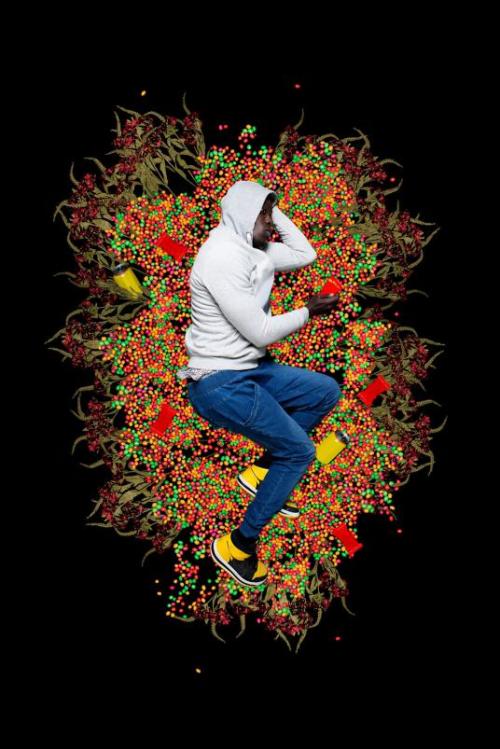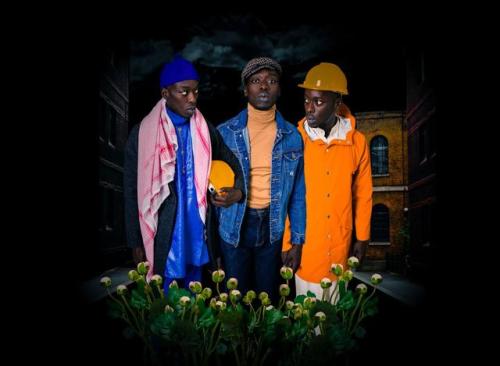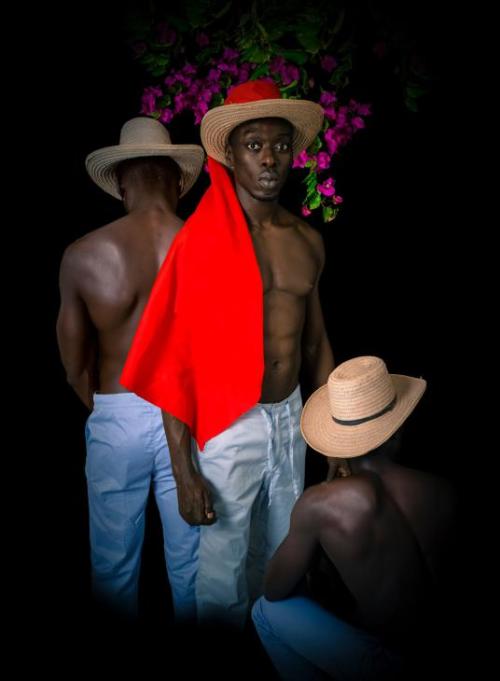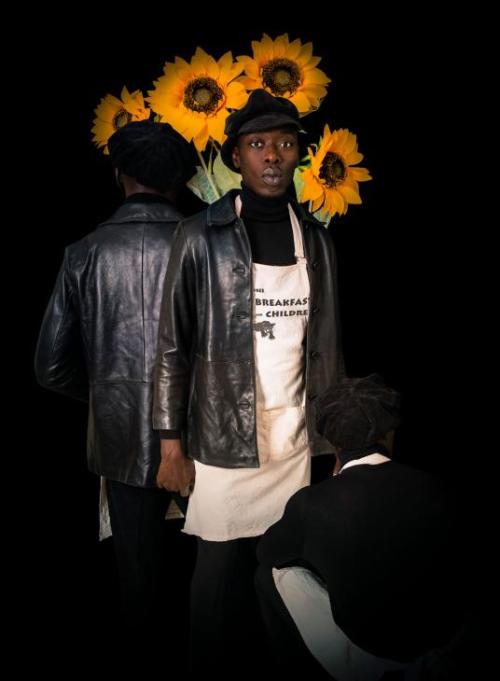#omar victor diop
Omar Victor Diop, b. 1980
Liberty: Universal Chronology of Black Protest
Thiaroye, 1944
Trayvon Martin, 2012
Alin Sitoe Diatta, 1944
Sonacotra, 1974
Dutty Boukman, 1791
The Free Breakfast Programme, 1945
The Freeman Field Mutiny, 1945
Nanny and Quao, 1720
The Soweto Uprising, 1976
Selma, 1965
Senegal (2016)
[Source], [Source]
IN DEPICTIONS BY Senegalese artist Omar Victor Diop, the black struggle for freedom is as global as the history of protest yet as personal as each protester’s story.
It’s so personal, in fact, that Diop himself plays every male role in the photo series “Liberty,” vignettes he created based on visual and written sources in Africa and the African diaspora. The scenes, set apart by time, geography, and scope, present a vibrant, visual chronology of these consequential events…
Diop composed scenes using multiple images of himself—but “the picture would be far from complete if it didn’t feature female characters,” he says. “Black women played a role as important as their male counterparts’ in the struggle.” His friend Khadija Boye poses as all the women in the series.
From his vantage in Senegal, Diop designed his latest project to draw a parallel “between the chronology of protest movements on the continent and that of similar movements in the diaspora happening at similar time periods.” He did so, he has said, in hopes of “trying to have a more universal reading of the history of black protest, in order to build bridges for a better understanding of the question.”
Post link










